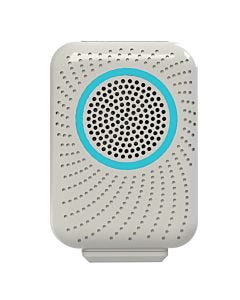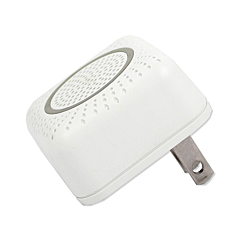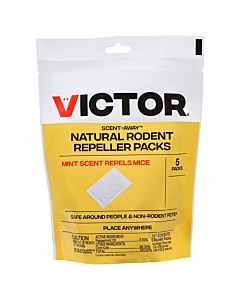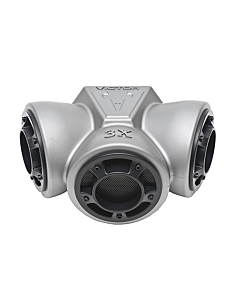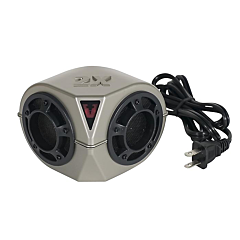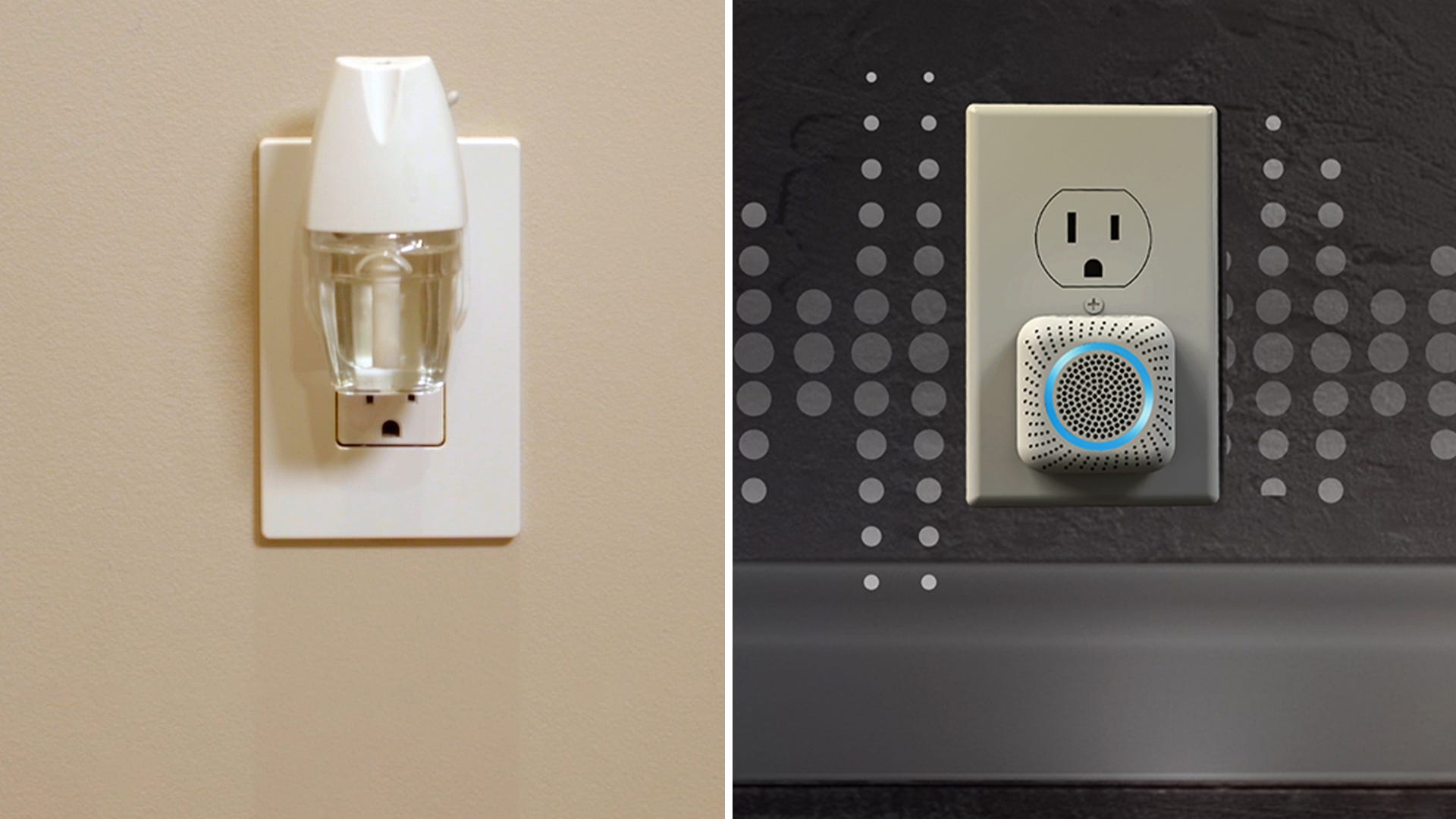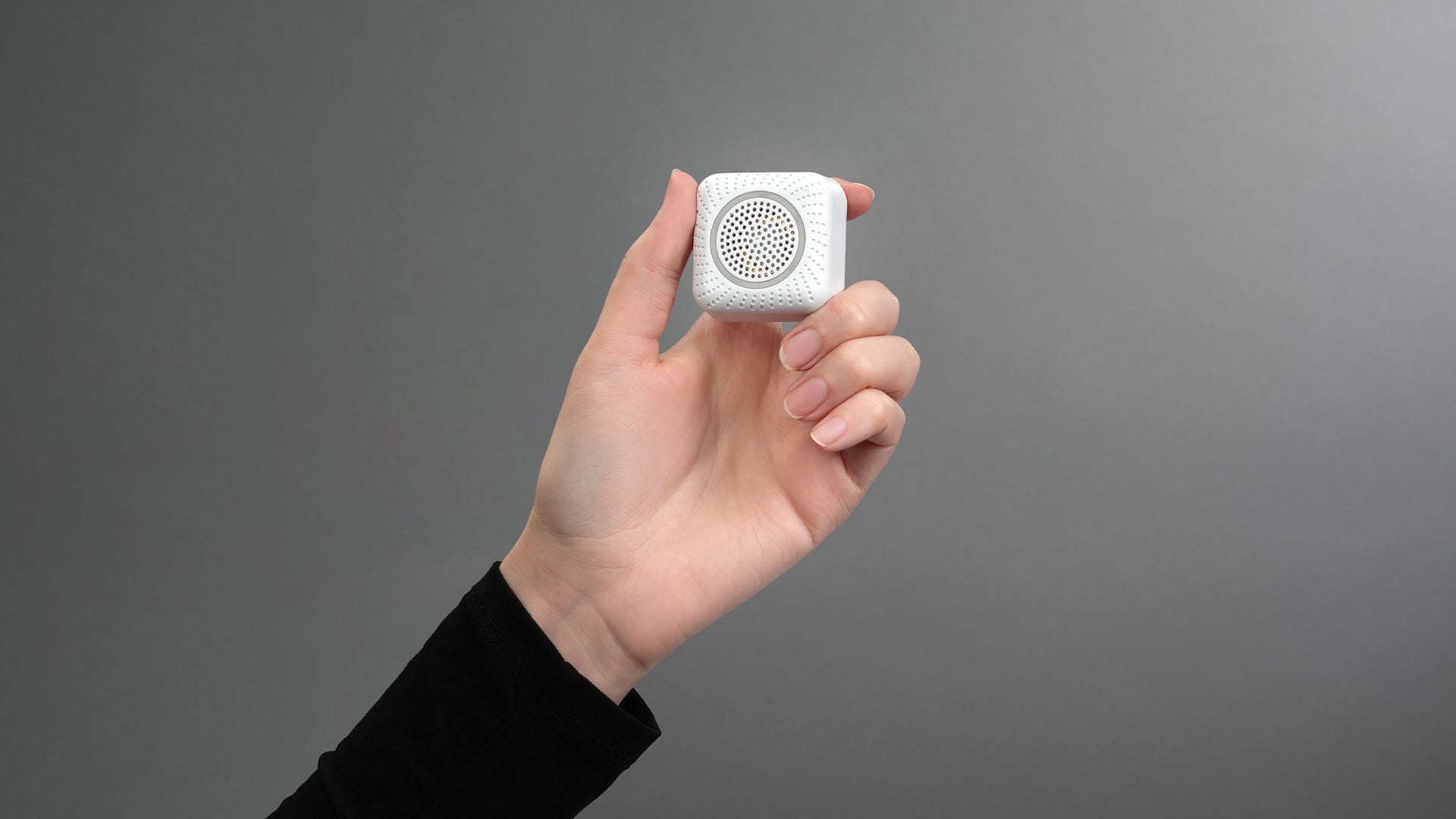
Whether you’ve beaten a rodent infestation or have never had a mouse or rat problem, your priority is to ensure they never decide to invade your home. Repellents are the perfect method to show those furry pests who’s boss. Unfortunately, there’s a lot of myths and false information out there about how repellents work, where to place them, and how to use them to fight infestations. We’re here to set the record straight. Take a look below to find the answers to these questions and much more.
Rodent Repellents: What Are They & How Do They Work?
There are two types of repellents on the market today, scent and ultrasonic. Scent repellents, like plug-ins, granules, sprays, or scent sachets are common types that focus their repelling power solely on a rodent’s sense of smell. These repellents are safe for kids and pets when used as directed and are formulated with poison-free, non-toxic materials like peppermint or essential oils.
Ultrasonic repellents are also completely poison and chemical free and safe for the whole family, unless you own rabbits that live indoors or pet rodents. While humans cannot hear the noise they emit, mice and rats are perfectly equipped to hear the high frequency noise of these devices. The noise is so strong that it sounds like a jackhammer to them and absolutely nothing to us!
Which Animals Do Repellents Affect?
Since the scent repellents are specifically formulated with peppermint, they only work on mice and rats. These scurrying pests are sensitive to the smell and, unlike humans, find the smell repulsive As a result, they will most likely find another area to invade if you protect your home with this type of repellent.
Ultrasonic repellents, like the VictorⓇ PestchaserⓇ, will work on small rodents, like mice and rats. It is important to note that rabbits, as well as pet rodents, including guinea pigs, etc. are affected by the noise. However, the noise will not penetrate walls, you can still use these products in your home as long as your pets are not in the same room as the repellent. There is some confusion over whether or not these can be used to repel insects. Unfortunately for us, this is a myth. More on that later!
Stay Ahead of the Game With Victor®
The Best Spots to Place Your Repellent
Just having a repellent in your home is sometimes enough to deter rodents. However, there will always be that one (or many) overly determined mouse or rat that decides they will find a way around the repellent. By placing repellents in multiple rooms throughout your home and knowing the perfect spot to place them, you can keep your home as protected as possible.
Each type of repellent requires a different placement in your home. Plug-in repellents just require an outlet in a medium to large-sized room to be effective, while scent sachets must be placed in smaller spaces like cabinets, closets, or drawers.
Granular and spray repellents are designed to create a perimeter around the outside of your home and other structures. VictorⓇ Mouse-A-Way™ is made with 100% biodegradable materials and repels rodents with its poison-free formula. Victor® Rat-A-Way™ Rat & Mouse Repellent Hose-End Spray and Victor® Mouse and Rat Repellent Spray both use non-toxic, essential oil-based formulas to drive rodents away from your perimeter by targeting their sense of smell and taste.
These outdoor repellents create a barrier around your home when placed in an unbroken line that will have mice and rats thinking twice before crossing it!
Ultrasonic repellents should be plugged into the lowest outlet and should not be blocked by any furniture. The noise will bounce off of the furniture and not go through it. Place your repellent with that in mind and don’t leave an opening for pests to enter through.
How to Confirm Your Repellents Are Working
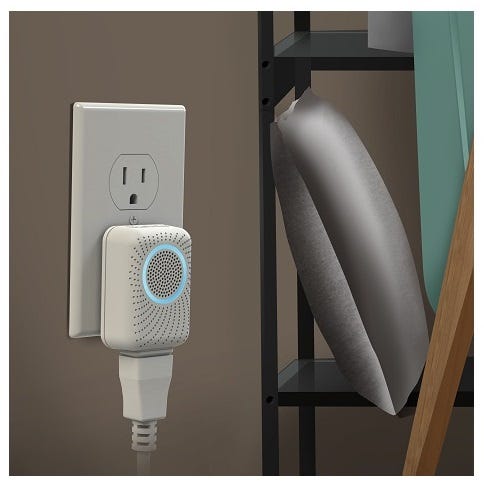
You’ve followed all of the instructions on the bag, all of the tips you’ve learned here, now how in the world do you tell if they’re working!? The scent repellents are easier to notice. You should be able to smell a moderate peppermint smell in each room or space you have them in. If you no longer smell them or can see the liquid has run out, it is time to replace them.
Granular repellents are only effective when they are dry. Keep your rodent barriers fresh by applying after rainfall and fix any breaks in the band of granules you created as a perimeter.
Ultrasonic repellents are probably the most confusing to tell if they’re working since our ears are not capable of hearing the high frequency sound. While we can’t speak for all repellents, some do some with a handy light. The PestChaserⓇ line emits a soft glow on the front of the device to let you know it’s working. If that goes out, it’s time to replace it.
Rodent Repellents: Myths VS Facts
Let’s set the story straight! When you have rodent problems you need to know exactly what works and what doesn’t so you can make an informed decision and get rid of your problem. Here are some of the top myths we want to debunk so you can more effectively use your repellents.
- Myth 1: Ultrasonic Repellents Work on Insects -- To date, there is no scientific data to back this up. These devices have been thoroughly tested and proven to repel mice and other rodents. Keep using those citronella candles and bug spray!
- Myth 2: Ultrasonic Repellents Work Through Walls -- Repellents are powerful tools, but like most tools they have limits. Walls absorb sounds and scents very well which prevents them from spreading outside of the room or space they are placed within. Add repellents to multiple rooms to get the best results.
- Myth 3: You Can Beat a Mouse or Rat Infestation Using One Method -- We’ll tackle this in more detail next, but this myth is just plain false! Once mice and rats are established and have easy access to food, water, and shelter they are very difficult to get rid of. Placing repellents in a few rooms won’t work, especially since they sometimes live in your walls where repellents can’t penetrate. See below for your best approach!
- Myth 4: Repellents Are 100% Effective -- Sorry friends. It’s just not true. There are very few things in life that work every single time without fail. Some rodents aren’t bothered by peppermint and some mice or rats could be deaf and never hear that ultrasonic repellent. While they are effective, repellents shouldn’t be your only line of defense against mice and rats. Implement an integrated approach that utilizes a combination of methods, such as traps.
Use an Integrated Approach

The number one way to get rid of mice and rats is by using an integrated approach. What does that mean? You need to use different methods to be as effective as possible. Their brains might be small but rodents learn quickly. Keep them guessing (and out of your house) with the three step approach.
- Trap -- Infestations need to be eliminated quickly to regain control of your property. Mice and rats are notorious for breeding rapidly, so chances are if you see just one or two you have a bigger problem on your hands. Eliminate your infestation by using a trap. Whether it’s the traditional snap traps, rodenticides or electronic no-touch traps they are necessary to get mice and rats out of your walls, rooms, and more.
- Repel -- Once you’ve regained control and there are no longer pests scurrying around your home, it’s time to put up your defenses and prevent them from returning. Remove attractants like easily accessible food and seal any holes that allowed them to previously enter. Place repellents throughout your home, especially near where you saw activity during an infestation.
- Monitor -- Stay ahead of any rodent problem by keeping a close watch on the situation. Use a baited Tin CatⓇ to identify a rodent problem before it becomes serious. By leaving this out, you can see whether the infestation has truly gone and you can also see if they have come back. This will allow you to not only get ahead of a potential future infestation before it becomes unmanageable but it will give you peace of mind that you have finally rid your home of mice and rats.
Feeling Better Prepared?
We certainly hope so! Fighting an infestation is always, tough but it’s even harder when you don’t have the facts. Which myth most surprised you? Have you changed the way you fight your rodent problems? Share your stories on our Facebook page! Did those tips fuel your curiosity? Take a look at our articles, how-to pages, and so much more by heading over to our learning center to get all the information you need on a wide variety of pests. You can also sign up for our e-Newsletter for updates and great deals on products.

